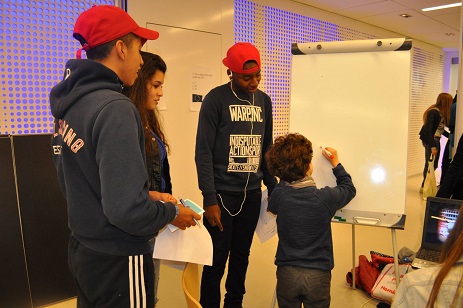Gov’t launches website to teach Georgian language

Foreigners with a passion for languages have the opportunity to learn one of the world’s oldest languages – Georgian – in a digital format.
In honour of European Day of Languages, the Georgian Government launched a new website where foreigners can go and learn Georgian.
The website www.geofl.ge provided all necessary materials and tutorials to learn the language independently. The site was operated with state-of-the-art teaching and methodological resources.
Georgian authorities said the website would contribute to the promotion of one of the world’s oldest languages abroad.
Creators have worked for several years to establish the program, titled Georgian as a Foreign Language, and some areas of teaching and support materials were already in place.
According to the website, the need to develop Georgian as a foreign language arose when the Georgian state joined the common international and inter-lingual communication of the world’s peoples and languages.
"Accordingly it also became necessary to regard the Georgian language in two communicative contexts: Georgian as the language of the Georgian state, that is the language of internal communication, and Georgian as a language involved in worldwide communication, that is, a legitimated language,” stated the website.
Georgian Kartuli ena, the official language of the republic of Georgia, whose spoken form has many dialects, was usually divided into east Georgian and west Georgian groups.
The Georgian literary tradition, in the form of inscriptions, dated back to the 5th century. Many literary monuments remained from the Old Georgian period (5th–11th century), among them a translation of the Bible. The New Georgian literary language was based on an east Georgian dialect and originated in the secular literature of the 12th century. It became fully established in the middle of the 19th century.
 Tweet
Tweet  Share
Share